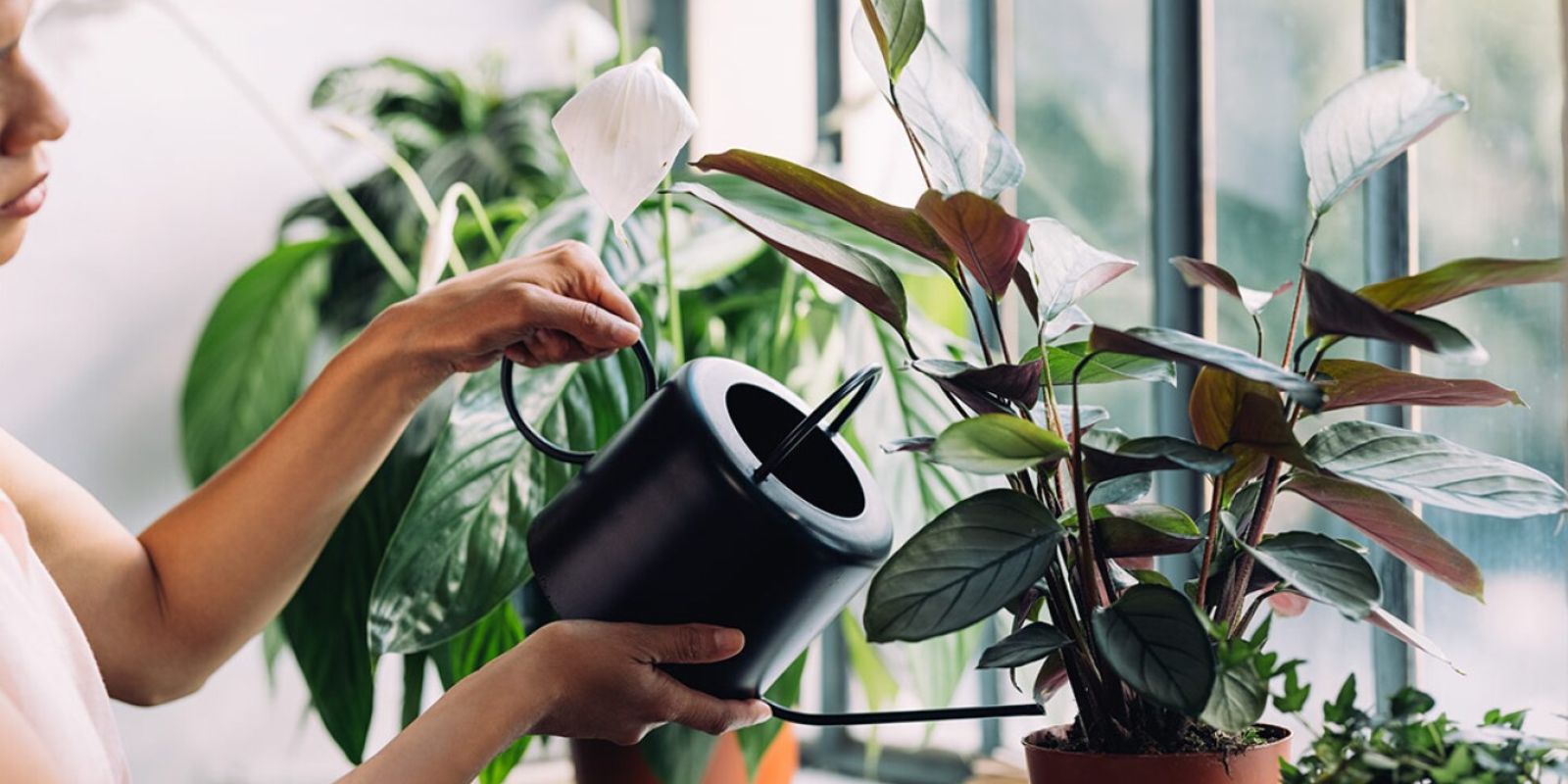Introduction
The Peace Lily (Spathiphyllum) is a cherished houseplant, admired for its glossy green leaves and striking white blooms. However, maintaining a healthy and blooming Peace Lily requires more than just basic care. By understanding and applying a secret ingredient, you can enhance your plant’s health and ensure it thrives in your home. This article will guide you through essential steps to keep your Peace Lily vibrant and flourishing.
1. Understanding the Peace Lily’s Needs
Before diving into the secret ingredient, it’s crucial to understand the Peace Lily’s fundamental needs:
- Light: Peace Lilies prefer bright, indirect light. Direct sunlight can scorch their leaves, while too little light can stunt their growth and reduce blooming.
- Water: These plants thrive in consistently moist soil but can be sensitive to overwatering. Allow the top inch of soil to dry out before watering again.
- Humidity: Peace Lilies enjoy higher humidity levels. Regular misting or a humidity tray can help replicate their natural environment.
2. Choosing the Right Fertilizer
Fertilizer is a key component in maintaining a healthy Peace Lily. The right type of fertilizer will supply essential nutrients, promoting robust growth and abundant blooms. Here’s what you need to know:
- Type of Fertilizer: Opt for a balanced, water-soluble fertilizer. A formula with equal parts nitrogen (N), phosphorus (P), and potassium (K) is ideal. This ensures your plant gets a well-rounded nutrient profile.
- Recommended Brand: Select a reputable brand that specializes in indoor plants or houseplants. Organic options are also available and can be gentle on the plant.
3. Preparing the Fertilizer Solution
The effectiveness of the fertilizer depends on how it’s prepared and applied. Follow these steps for optimal results:
- Mixing: Dissolve the recommended amount of fertilizer in water. Typically, 1 tablespoon of fertilizer per gallon of water is sufficient for Peace Lilies.
- Application Frequency: Apply the fertilizer every 6-8 weeks during the growing season (spring and summer). Reduce or stop fertilizing during the dormant period (fall and winter) to prevent over-fertilization.
4. Applying Fertilizer Properly
Proper application of fertilizer can make a significant difference in your Peace Lily’s growth. Here’s how to do it right:
- Watering Before Application: Ensure the soil is slightly moist before applying fertilizer. This prevents the roots from becoming burnt due to concentrated fertilizer.
- Even Distribution: Pour the fertilizer solution evenly around the base of the plant, avoiding direct contact with the leaves and stems.
- Follow-Up: After applying fertilizer, monitor your plant’s response. If you notice any signs of stress or yellowing leaves, reduce the amount of fertilizer or adjust the frequency of application.
5. Avoiding Common Mistakes
To maximize the benefits of fertilizing, be mindful of these common pitfalls:
- Over-Fertilizing: Excessive fertilizer can harm your Peace Lily. Stick to the recommended dosage and frequency to avoid nutrient imbalances.
- Neglecting Watering Needs: Ensure the soil remains consistently moist but not waterlogged. Overwatering can lead to root rot, while underwatering can stress the plant.
6. Monitoring and Adjusting
After applying your secret ingredient—fertilizer—pay attention to the following signs to gauge your Peace Lily’s health:
- Growth: Look for new growth and vibrant green leaves. Healthy plants should also produce more blooms.
- Leaves: Dark green leaves with no yellowing indicate a balanced nutrient intake. Yellow or brown leaves may signal over-fertilization or other issues.
- Blooming: Increased flowering is a positive sign that the plant is thriving and receiving adequate nutrients.
7. Additional Care Tips
In addition to fertilizing, consider these tips to keep your Peace Lily in top condition:
- Regular Dusting: Gently wipe the leaves with a damp cloth to remove dust and improve photosynthesis.
- Pruning: Remove dead or yellowing leaves to maintain a clean appearance and encourage new growth.
- Repotting: Every 1-2 years, repot your Peace Lily to refresh the soil and provide more space for root growth.
Motivation
Transform your Peace Lily into a thriving centerpiece with these straightforward tips. By incorporating the secret ingredient—fertilizer—you can enjoy a lush, vibrant plant that enhances the beauty of your home. Start applying these techniques today and witness your Peace Lily’s remarkable growth and blooming potential. Embrace the joy of nurturing a flourishing plant and make your indoor garden a stunning display of nature’s elegance.
With these practical steps, you’ll be well on your way to maintaining a healthy and flourishing Peace Lily. Happy gardening!

